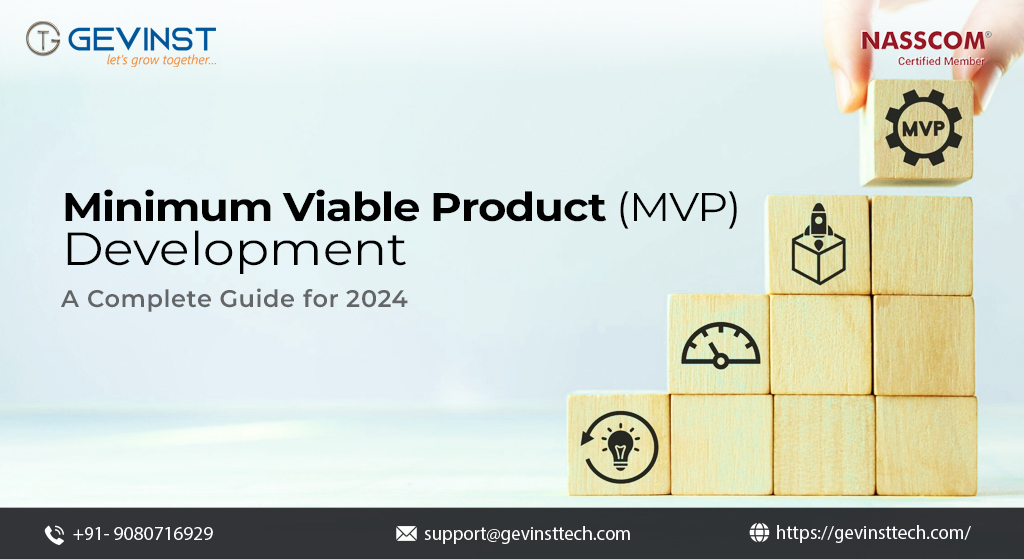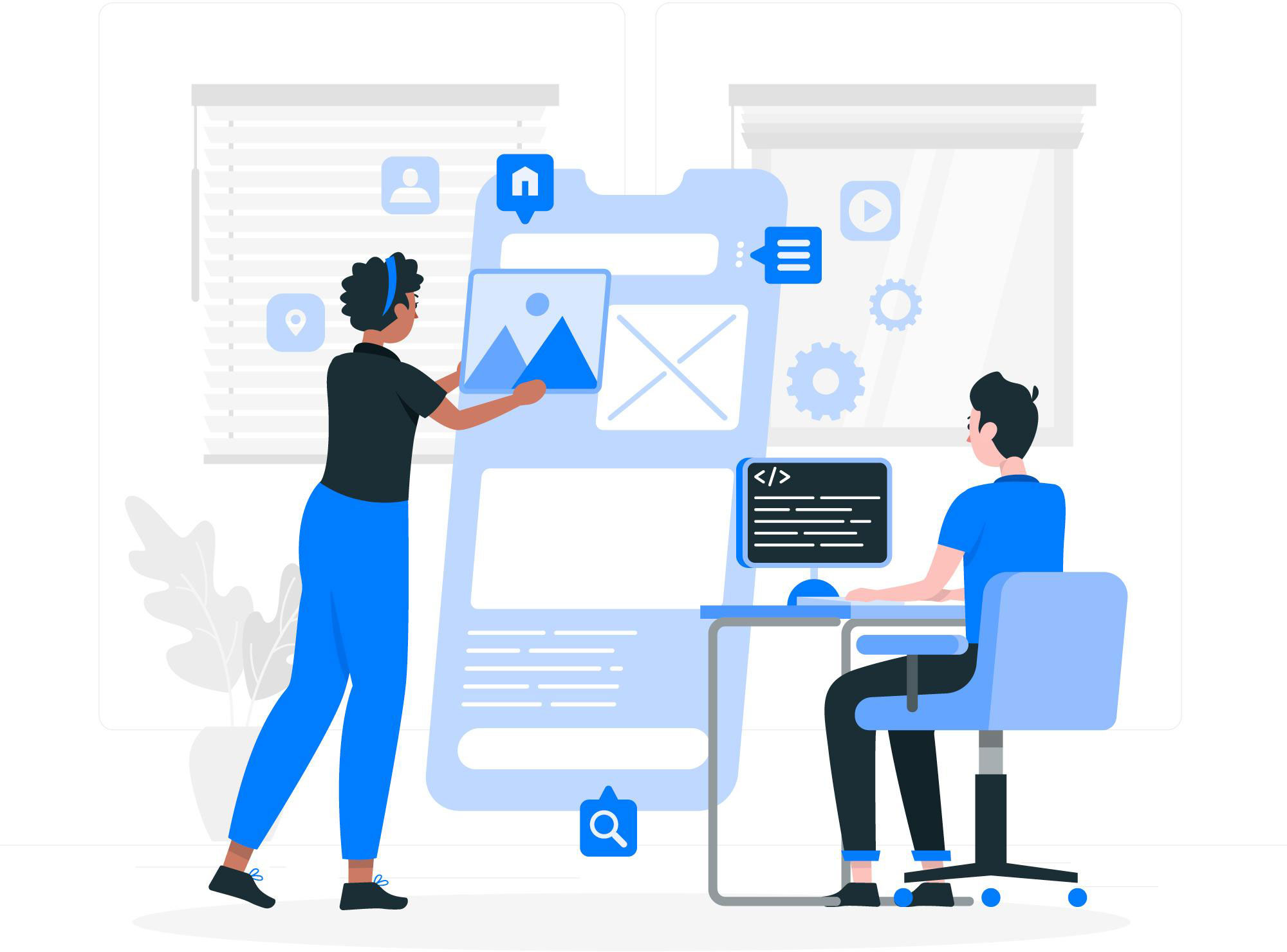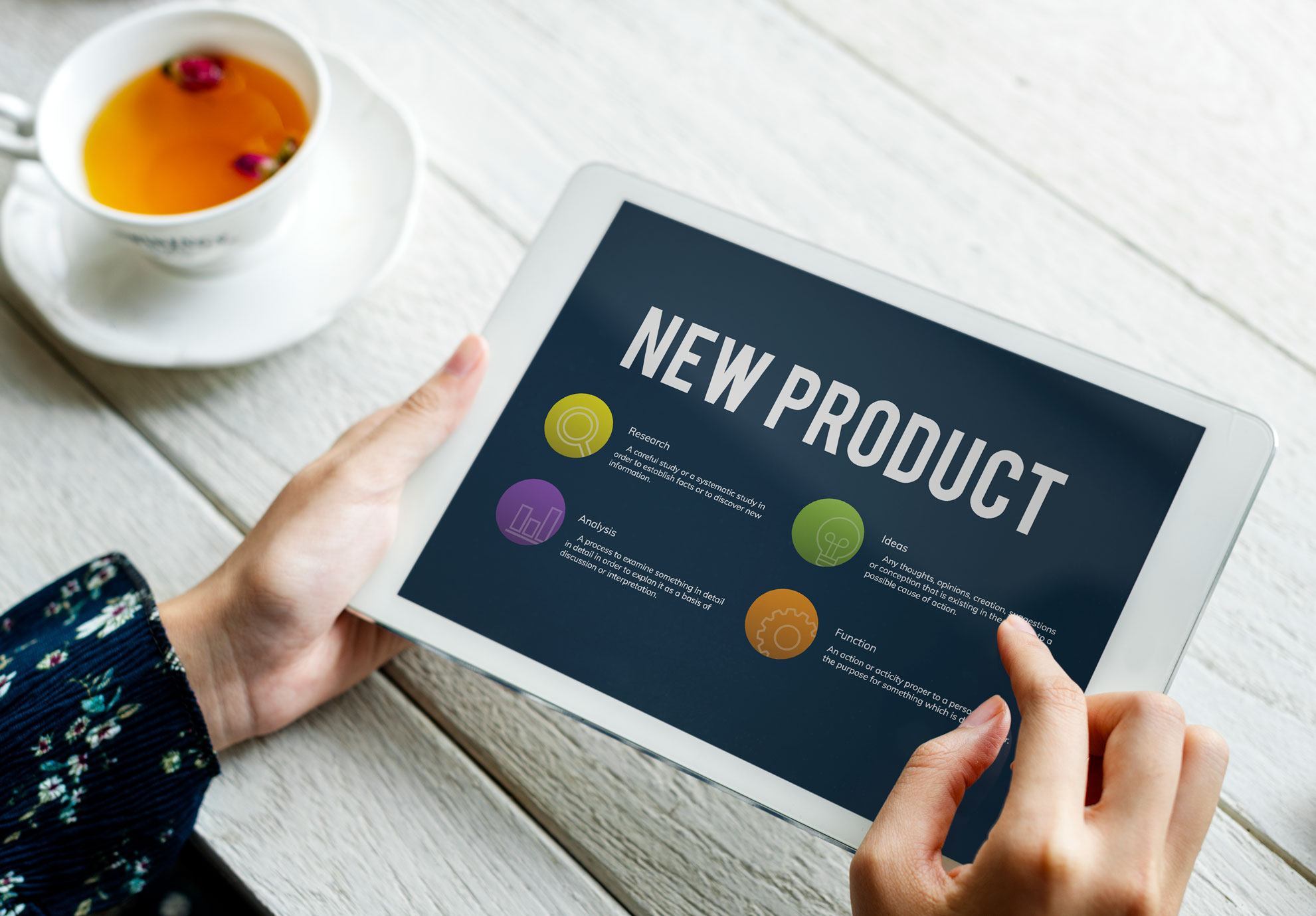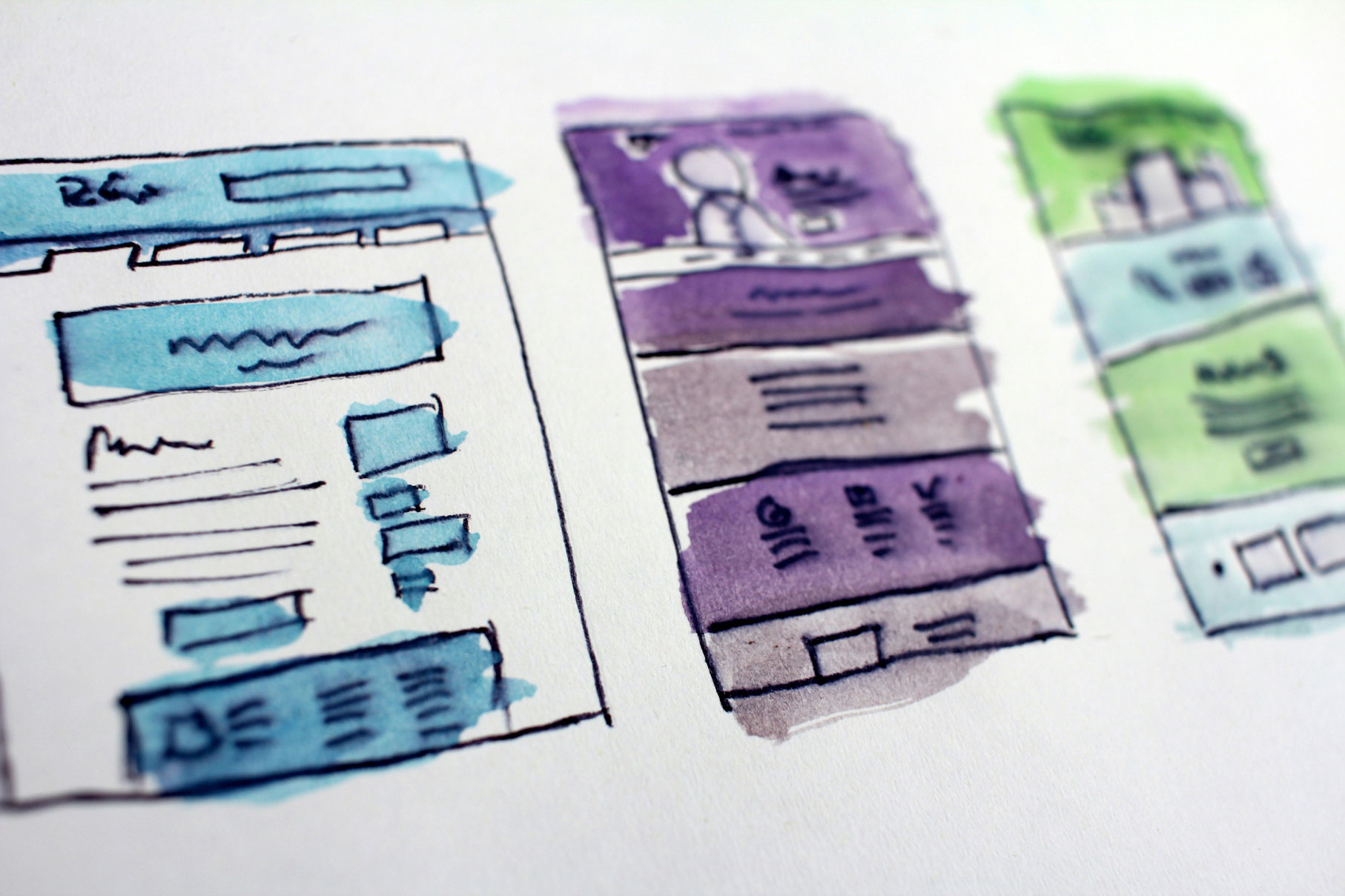
The realm of innovation is overflowing with fascinating concepts. Nevertheless, putting those concepts into practice can be a difficult and costly undertaking. Many ambitious entrepreneurs fall into the trap of devoting large money to developing a comprehensive product only to discover later that it does not appeal to their target audience. In this scenario, the MVP Development methodology proves beneficial since it provides an economical and well-planned route to achieving market validation.
What is an MVP?
A minimum viable product, or MVP, is the basic version of your product with enough features to prove its feasibility on the market and collect insightful user feedback. Focusing on the key features that address a particular user problem is more important than developing a rudimentary version.
Why Choose the MVP Development Approach?
Here are some compelling reasons why the MVP development approach is a smart choice for any entrepreneur:
- Reduced Risk
By focusing on a core set of features, you minimize the initial investment, reducing the financial risk associated with building a full-fledged product that may not succeed.
- Faster Feedback
Launching an MVP allows you to gather real-time user feedback quickly. This feedback becomes invaluable in refining your product and ensuring it aligns with market needs.
- Increased Agility
The MVP approach promotes agility by allowing you to iterate and adapt your product based on user feedback. This iterative process leads to a product that is constantly evolving and meeting the ever-changing needs of your target audience.
- Prioritized Development
By focusing on the core functionalities in the MVP, you prioritize development efforts and allocate resources efficiently. This allows you to deliver a quicker and more cost-effective solution.
- Market Validation
Ultimately, the MVP serves as a test run in the real world. It allows you to validate your market hypothesis, identify potential flaws, and gain valuable insights before investing heavily in a full-scale product.

The MVP Development Process:
- Ideation and Research
This stage involves defining your problem space, identifying your target audience, and conducting market research to understand existing solutions and potential competitors.
- Prioritization and Feature Selection
Based on your research and understanding of user needs, prioritize the features of your MVP, focusing on the ones that offer the most value and address the core problem.
- Development and Testing
This stage involves the actual development of the MVP, followed by user testing and feedback sessions to gather valuable insights and identify areas for improvement.
- Iteration and Refinement
Based on the collected data, refine your MVP through further development and iteration, continuously improving its value proposition and user experience.
Beyond the MVP: Building a Successful Product

MVP Development Services: Your Partners in Product Validation
- Concept Validation and Ideation
Partnering with an MVP development company can be beneficial right from the initial stages. They can help you refine your concept, identify core functionalities, and develop an MVP roadmap that aligns with your market validation goals.
- MVP Design and Development
Equipped with a skilled team of designers and developers, these companies can help you design a user-friendly and functional MVP that incorporates your core features and facilitates effective testing.
- Prototype Creation
Some companies offer prototyping services, allowing you to test your MVP concept with users even before launching a fully functional product. This can be particularly valuable in the early stages of validation.
- User Testing and Feedback Analysis
MVP development services companies can assist in conducting user testing and analyzing the resulting feedback. This includes gathering qualitative and quantitative data to gain insights into user experience, pain points, and areas for improvement.
- Iteration and Development
Based on user feedback, the company can help you iterate on your MVP by adding features, removing unnecessary elements, and refining the overall user experience.

Choosing the Right MVP Development Services Company
- Expertise and Experience
Look for a company with a proven track record of successful MVP development projects, preferably in your specific industry.
- Development Team
Assess the company’s development team’s skills and experience in design, development, and user experience design.
- Methodology
Understand the company’s development methodology and ensure it aligns with your agile and iterative approach for MVP development.
- Communication and Transparency
Choose a company with a proactive communication style and commitment to transparency throughout the development process.
- Cost and Value
While cost is important, prioritize companies that offer a competitive value proposition by effectively balancing expertise and cost-efficiency.
The Future of MVP Development: Emerging Trends and Best Practices
Emerging Trends

1. AI Integration: Transforming User Experiences:
Envision an MVP that continuously refines its features, recommendations, and interface based on feedback from users. The advancement of artificial intelligence (AI) is enabling this. Through the integration of chatbots, virtual assistants, and AI-driven recommendations, MVP creation service providers may construct intelligent, personalized, and predictive MVPs. This increases user involvement, streamlines processes, and yields insightful information for further versions.
2. The Rise of Low-Code/No-Code Platforms:
Traditionally, creating an MVP required a team of professional developers. These days, platforms with little or no programming are democratizing the procedure. These platforms enable the creation of basic features, prototypes, and even functional MVPs by anyone with a minimal understanding of technology. This democratization provides entrepreneurs and MVP development firms with an affordable and quick approach to realising ideas, particularly in the early phases.
3. Embracing the Power of the Cloud:
Cloud computing is perfect for MVP development because it provides unmatched cost-effectiveness, scalability, and flexibility. Cloud-based infrastructure can be utilized by MVP software development organizations to expeditiously and effectively launch and iterate on MVPs. This lowers the initial outlay of funds and facilitates smooth scalability as the product expands.
4. Data-Driven Decision Making:
Gone are the days of intuition and guesswork. Data will be the foundation of MVP creation in the future. Businesses that provide MVP development services will collect and evaluate data on user behaviour, engagement, and pain areas using analytics and user feedback technologies. Making educated judgments during the development phase and guaranteeing that the MVP provides genuine value to the intended users will depend heavily on this data.
5. Augmented and Virtual Reality (AR/VR) for Immersive Prototyping:
Consider an MVP prototype that enables a virtual product experience for users. Technology like AR and VR is enabling this. Businesses may create immersive experiences that give users more context and enhance user feedback by adding AR/VR features to MVPs. This is especially useful for intricate or substantial products.
Best Practices for Building a Winning MVP
- Focus on the Core Value Proposition
As fascinating as the future of technology may be, it’s important to keep in mind that the main goal of an MVP is to validate your primary value proposition. Determine the main issue your product attempts to solve and the benefit it provides for customers. Even if it lacks all the bells and whistles, concentrate on creating an MVP that successfully addresses this fundamental issue.
- Prioritize User Experience (UX)
The user experience is an MVP’s initial impression, and first impressions are important. The MVP should be seamless, simple to use, and intuitive even with restricted functionality. To guarantee a good first impression, spend money on usability testing and user interface (UI) design.

- Agile Development & Rapid Iteration
The key to developing MVPs in the future is agility and quick iteration. To rapidly design, test, and refine your MVP, apply agile development approaches. This makes it possible for you to quickly adjust to user input and market changes, guaranteeing that your MVP stays applicable and successful during its entire development process.
- Leverage the Power of MVP Development Companies:
Expertise in a variety of fields is needed to build an MVP, including technology, design, user research, and data analysis. By collaborating with a respectable MVP development firm, you can gain access to a group of skilled experts who can mentor you through the procedure and guarantee a positive result.






